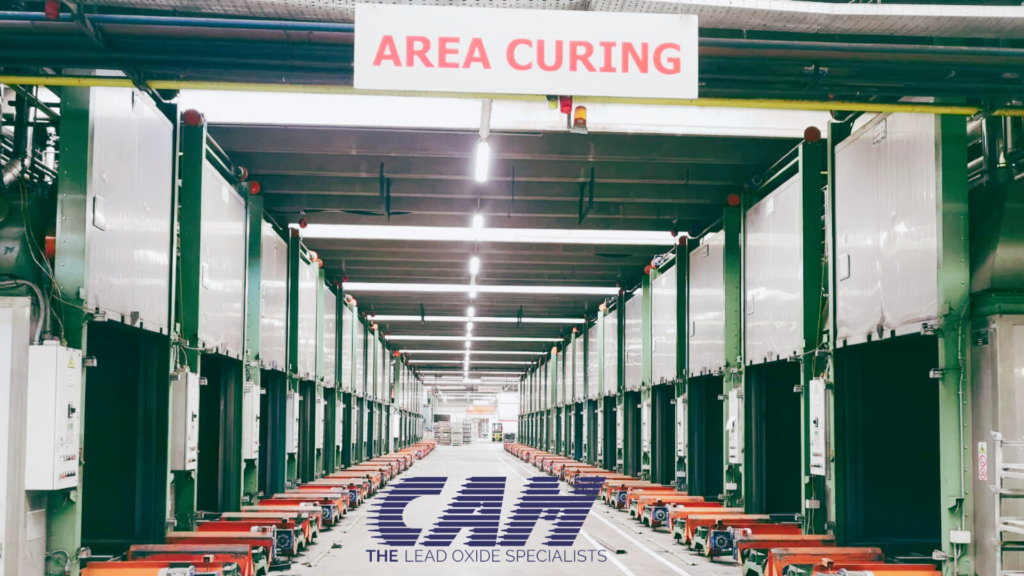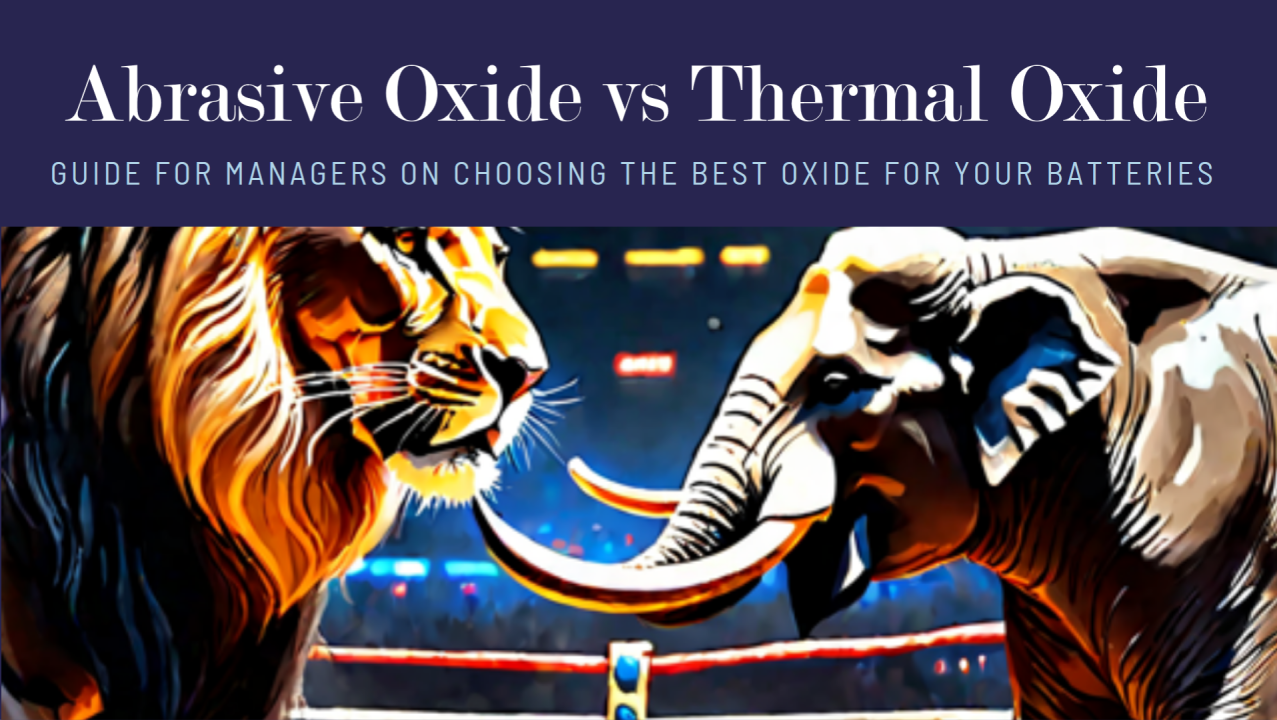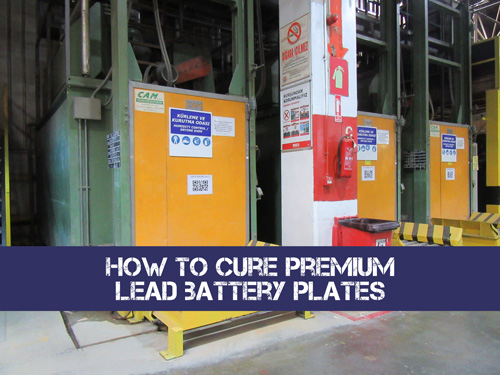Plate Curing and Steam Cure:
Innovating the Lead Acid Battery Industry with Mathematics
Why do plates need to be cured?
Curing chambers have the task of finishing the oxidation of free lead lead remaining in the production of plates.
-
Until the 1970s, jute bags were used to increase humidity and therefore continue the oxidation process of the remaining lead.
-
Subsequently, the first rudimentary curing chambers were created, chambers made of concrete with fans, heaters and water generators, with the task of accelerating the curing processes of the plates, because with jute bags it took a long time.





